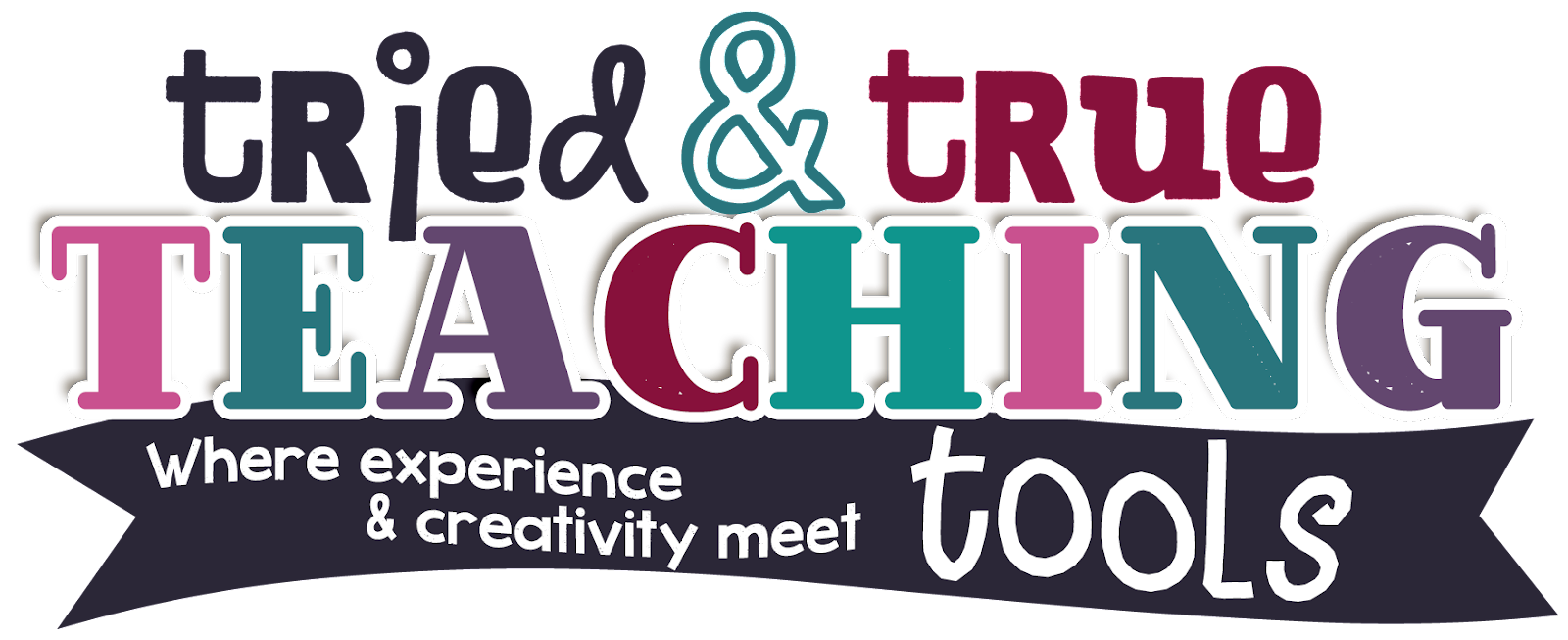
Welcome! I'm Kathie, a passionate curriculum-designing, lesson-sharing, teacher-encouraging educator. Please stay & browse, I hope you'll find something useful for your own classroom.
As retirement is quickly approaching (35 school days. . . but who’s counting), I’ve been reflecting on what it means to be a teacher. Alway...
I always love the beginning of school for all the possibilities: getting to know my new students and planning how to best meet their needs, ...
Yikes. . . this is the last week of our book study and my first week back at school! (Students start on Monday) Everything we've been re...
Traditional school policies and curriculum may work for some students. Some kids can sit quietly at a desk and work. Some parents, feeling n...
Happy Teacher Revolution Movement founder, Danna Thomas was inspired by Civil Rights activists and Women's Liberation leaders. She felt ...
If you taught prior to March 2020, I'm sure you've noticed a difference in your students after returning to in-person school. It too...
Happy Teacher Revolution founder, Danna Thomas felt called to create a grassroots support structure for colleagues and herself. This week...
Welcome back to week 3 of Happy Teacher Revolution summer book study! I hope you're enjoying reading, watching the videos, and taking t...
Welcome back to Week 2 of Happy Teacher Revolution book study! I'm so glad you're here. If you're new, head over to Week 1 to ...
I always love summer for the slow- down pace and time to put myself “back together”: haircut, time to workout consistently, cook healthy mea...
It's May. . . IYKYK. A friend likens it to "tax season for teachers"; LOL! Open House, state testing, report cards, all the ...
Self-awareness; is it just the latest buzz word or too "woo woo" and touchy-feely? Does it have a place in the classroom setting? ...
Subscribe to:
Posts (Atom)
